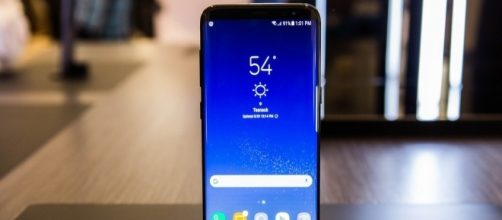The Samsung Galaxy S8 is a beautifully designed smartphone with high-end specs to match. It runs the latest Snapdragon 835 from Qualcomm under its hood and has a feature set that would put any other smartphone to shame.
However, as fast as the Galaxy S8 is, its performance will eventually slow down after several months of usage. This is quite normal for a smartphone but there are ways of speeding it up again.
With that said, here are a few things you can do to speed up your Galaxy S8.
Activate the Developer Options
First of all, you need to activate the Developer Options to open up a whole new set of menus allowing you more control over your device.
To enable this, go to “Settings,” “About phone” then click “Software info.” Here you can look for “Build number” and you will need to tap this seven times. Once done, the Developer options will appear under “Settings.”
Next, tap on “Developer options” and look for the animation settings. You should find Windows animation scale, Transition animation scale and Animator duration scale. Set all of these to 0.5x and immediately you will notice a faster animation on your Galaxy S8.
Uninstall apps that you don’t use
Everyone knows that installing several apps on your smartphone takes up a large chunk of memory. So much so that the phone’s performance suffers in the long run and even affects the battery life.
You should remove the apps that you no longer use. In addition, you may also remove the apps that came pre-installed on your device, also known as bloatware. However, some of these apps cannot be uninstalled but you may disable it. In doing so, a lot of memory will be freed, thus making your device run smoothly as ever.
To clear or not to clear the cache
The cache’s purpose is to save all the information used by the apps or websites you visit. This means when you open an app, the cache retrieves the data it saved to launch the app much faster.
However, caches that are saved for too long may become corrupted over time. This can cause several problems like crashing apps and it may also cause your device to slow down.
Clearing the cache from time to time may avoid this issue, ideally once a month should suffice. To do this, go to “Settings,” “Device maintenance” and click “Optimize now.”
After clearing the cache, you may feel that your device has become slower. This is normal as the device is saving cache once again for optimum performance. Your phone should return to normal after a few days.


